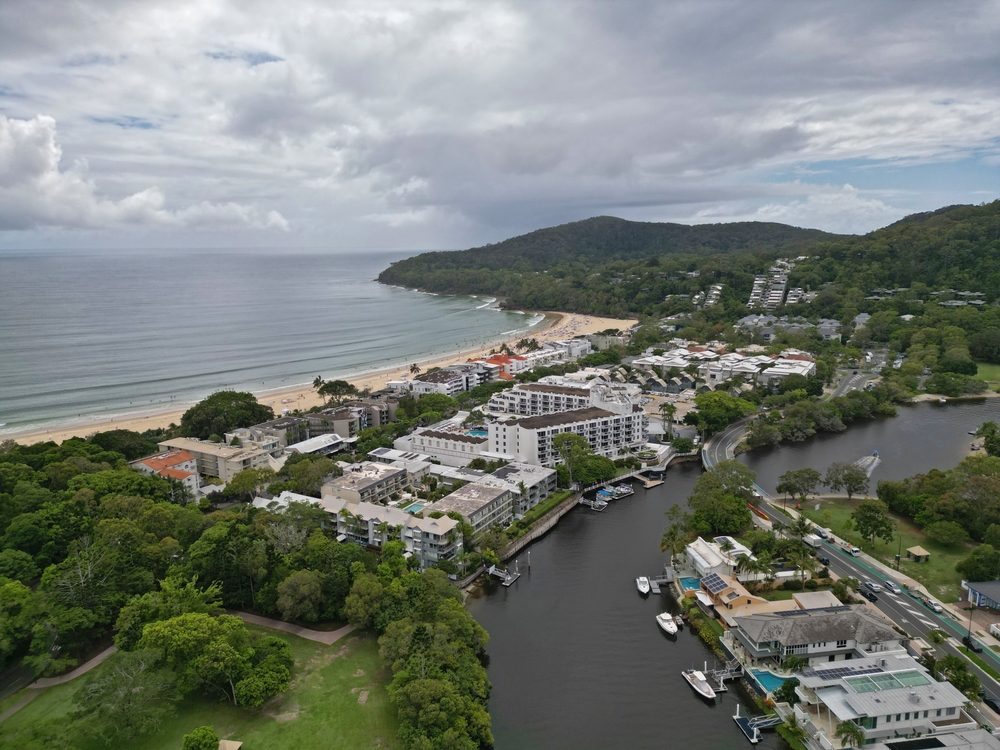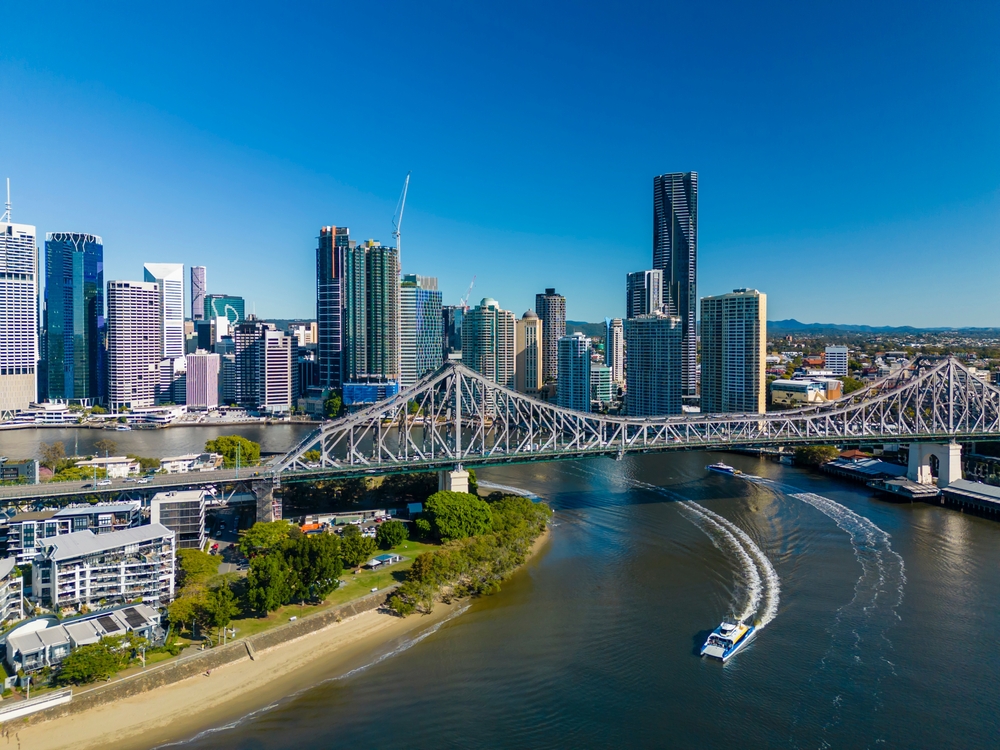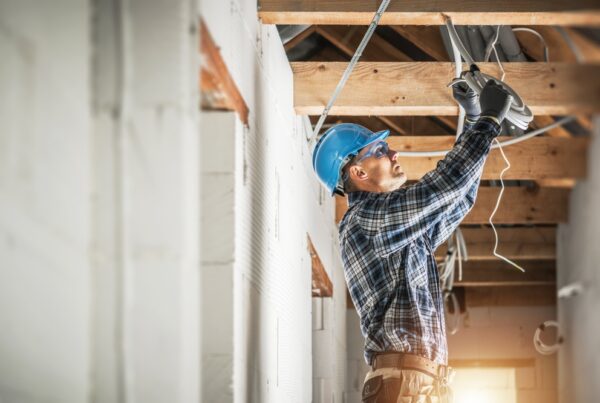Queensland’s rental market in 2024 was characterised by quarter after quarter of tight vacancy rates, with the strain on rental supply continuing in the December quarter.

The Real Estate Institute of Queensland’s (REIQ) residential vacancy rate report for the final quarter of 2024 shows a statewide vacancy rate of 1.0 per cent – mirroring the rate of the previous two quarters, and only slightly increasing from 0.9 per cent in the first quarter.
Of the 50 local government areas and sub regions covered in the report, vacancy rates tightened in 18, remained stable in 15, and relaxed in 17 this quarter.
Cook (0.0%) retained the unenviable position as the tightest region in the state, with Goondiwindi and Charters Towers only just moving the dial at 0.1 per cent.
At the other end of the spectrum, the Bay Islands (3.5%) including North Stradbroke, Russell, Macleay, Karragarra, Lamb, and Coochiemudlo held a healthy vacancy, along with Isaac at 3.2 per cent – the only other healthy rental market in the report.
The December quarter delivered some strong seasonal swings, with holiday-hotspot Noosa’s vacancy rate halving compared to the previous quarter from 2.4 to 1.2 per cent – 1.2-point drop.
Meanwhile, vacancies opened up in Isaac (3.2%) in Central Queensland, which had a 1.1-point increase over the quarter, moving the region into healthy territory for the first time since the onset of the pandemic.
REIQ CEO Antonia Mercorella said reporting on ‘little to no vacancies’ had begun to feel like a broken record, with nearly every region recording a vacancy rate in the tight range and well below a healthy rating of 2.6-3.5 per cent.
“Despite the movements over the quarter and over the year, 48 out of the 50 regions in the report have landed in what we classify as a tight rental market,” Ms Mercorella said.
“A tight vacancy figure tells a story of fewer properties becoming available for rent, and for those that do, they are not considered “vacant” until they’ve been listed for over three weeks.
“The ugly reality is that when you have a prolonged tight rental market like this, everyone feels it. We know that the most vulnerable in our community are the hardest hit however its impact is felt at all levels including amongst those with higher or double incomes.”
Regarding the biggest falls and rises in vacancy rates in the December quarter, Ms Mercorella explained some seasonal factors could be at play, however, it was difficult to pinpoint the cause.
“It’s not uncommon to see people relocating at the end of the year, and we suspect in the case of Noosa it could be attributed to people taking a ‘try before you buy’ approach – renting and enjoying the summer holidays while waiting for the right property,” she said.
More housing supply is the solution
Ms Mercorella said that the REIQ, along with a number of housing organisations, had been banging the drum for some time now about the need for more housing supply.
“To solve our housing crisis, Queensland needs a laser focus on addressing housing roadblocks – from infrastructure provision and land release, to labour shortages, tax and regulatory settings, infrastructure fees, and productivity standards,” she said.
“While the groundwork is laid with regional plans to cater to growth, we also need to be looking for ways to tap into the full potential of existing housing supply.
“With it being early days of a new State Government and only a matter of time before a Federal election is called, we are seeing some promising moves and commitments from governments at all levels recognising that our community expects easing housing pressures to be a top priority.”
Queensland is falling behind its targets
Ms Mercorella said that recent ABS dwelling commencements and completions data*, showed a slow start to meeting the national housing target, particularly in Queensland.
“This is a national problem, but Queensland is falling behind on both the historical average and the target,” she said.
“There were only 8,177 dwellings completed in the September quarter last year – or 32,700 in annual terms. This is well behind the 49,000 dwellings Queensland needs to build each year to do our fair share,” she said.
“As for the future pipeline of housing, building approvals* are also significantly below the target across the states, with Queensland more than 10,000 behind where it needs to be.”
*Source: ABS dwelling commencements and completions, September 2024: https://www.abs.gov.au/statistics/industry/building-and-construction/building-activity-australia/latest-release#data-download
*Source: ABS dwelling approvals, November 2024: https://www.abs.gov.au/statistics/industry/building-and-construction/building-approvals-australia/latest-release
Dwelling approvals vs. targets by states and territories, November 2024
| State/Territory | Annual target(*) | Dwelling approvals over last 12 months(**) | Difference from target | Latest monthly Trend estimate of approvals | Annualised Trend approvals (Nov-24)(***) | Difference from target |
| New South Wales | 74,863 | 42,446 | -32,417 | 3,517 | 42,204 | -32,659 |
| Victoria | 61,601 | 52,755 | -8,846 | 4,987 | 59,844 | -1,757 |
| Queensland | 49,291 | 35,714 | -13,577 | 3,230 | 38,760 | -10,531 |
| South Australia | 16,571 | 12,191 | -4,380 | 1,121 | 13,452 | -3,119 |
| Western Australia | 26,164 | 20,731 | -5,433 | 1,958 | 23,496 | -2,668 |
| Tasmania | 5,077 | 2,433 | -2,644 | 213 | 2,556 | -2,521 |
| Northern Territory | 2,251 | 430 | -1,821 | 41 | 492 | -1,759 |
| Australian Capital Territory | 4,183 | 2,438 | -1,745 | 128 | 1,536 | -2,647 |
| National | 240,000 | 169,138 | -70,862 | 15,195 | 182,340 | -57,660 |
Notes: (*) The annual target by state is its national population share times the national annual target of 240,000 dwellings. (**) Calculation using ABS Original data. (***) i.e. 12x the latest monthly trend estimate of approvals.




